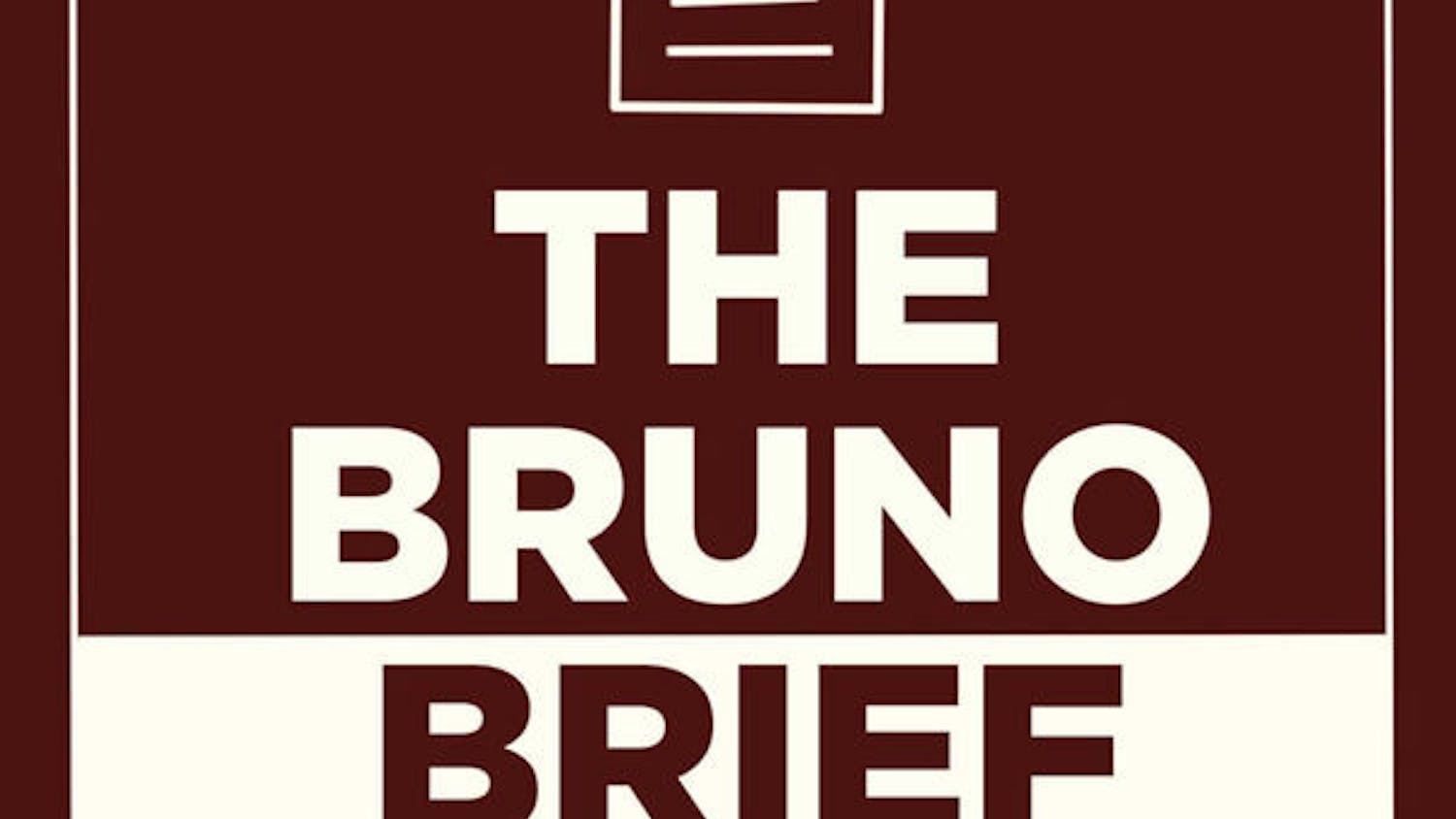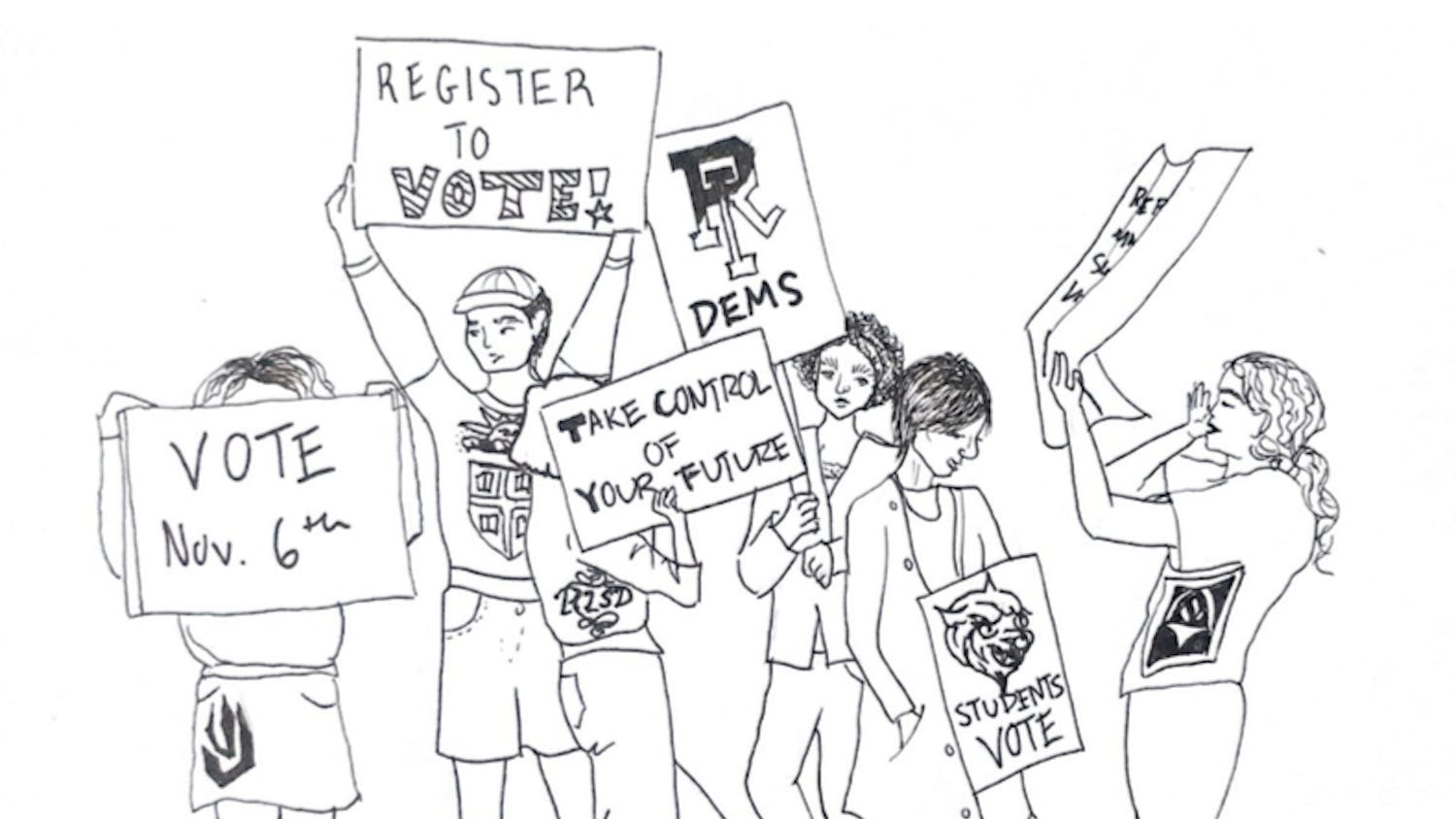When Raymond Chase, a sophomore at Johnson and Wales University's Providence campus, took his own life last month, his death was interpreted as one instance in an alarming trend, as several LGBTQ students across the country committed suicide in September.
Friends and administrators, however, said Chase was not bullied for his sexuality, as were some of the other students whose deaths made headlines. Nevertheless, his passing, along with the other heavily publicized suicides, is being used as an impetus for colleges and universities to reassess their communities' acceptance and tolerance of LGBTQ students.
"He was out and proud," said Christina Newell, president of JWU's Pride Alliance, of Chase. "Ray was this awesome person."
At a memorial service held for Chase, JWU Director of Communications and Media Relations Lisa Pelosi became convinced that "Ray was very comfortable about who he was, an openly gay young man, and his friends were not aware of any threats or bullying," she wrote in an e-mail to The Herald.
Chase was an active member of Pride Alliance, and Newell said she did not think he was harassed for his sexuality. She said media outlets and national groups have lumped Chase together with the other students without understanding his background or story.
"It kind of just made Ray a statistic," she said. For example, nearly 1.1 million Facebook users have pledged to wear purple on Wednesday in memory of "6 gay boys who committed suicide in recent weeks/months due to homophobic abuse in their homes and at their schools," intending to include Chase among the September suicide victims.
While Newell said JWU is focused on mourning, and not on using "Ray's death as a reason for activism," plenty of other schools have responded to the September suicides as calls for more tolerance and advocacy on their campuses.
The Brown University Community Council met last week to discuss LGBTQ issues at Brown in "the context of national attention to recent suicides by LGBTQ youth," Vice President for Campus Life and Student Services Margaret Klawunn wrote in an e-mail to the student body this weekend.
Brown's LGBTQ Resource Center is stepping up a visibility campaign that had been planned before national attention was focused on preventing LGBTQ suicides, said Kelly Garrett, coordinator of the resource center.
"We're trying to do as much outreach as possible," Garrett said, pointing to the SafeZone decals, informational posters, rainbow ribbons and ally buttons that she plans to distribute around campus.
By coincidence, National Coming Out Day and LGBT History Month take place in October, so several annual events that normally take place on college campuses this month had added significance because of the September deaths.
At JWU, last Wednesday marked the first student-run Coming Out Day celebration, said Korina Ramsland, director of JWU's Gender Equity Center. Since she came to JWU three years ago, the administration has helped support students in rebuilding the inactive Pride Alliance into an effective student organization that can put on its own events, she said.
A year ago, JWU formed the Prism committee, a group of students, faculty members and administrators who focus on changing policy and curriculum to better handle LGBTQ issues, Ramsland said.
"We are taking a harder and more deliberate look at where our progression is going," Ramsland said. She said that though "Johnson and Wales is very accepting" of different sexuality and gender identities, "there always needs to be work forward."
Similarly, Garrett said that while Brown is "ahead of the curve" in terms of supporting LGBTQ students, many people still struggle to come out, often because there are "so many negative messages" about homosexuality.
"Students can always use more support," she said. "There's still some room for improvement."




